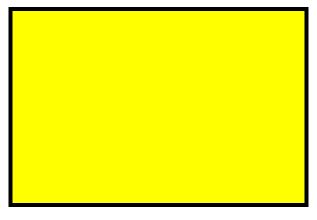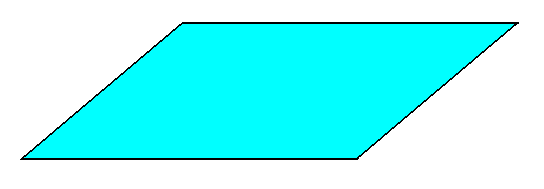
The Formula :
a. Kalimat Positif Verbal :
S (I/You/We/They) + Was + VI + ing
S (He/She/It ) + Were + VI + ing
b. Kalimat Negatif Verbal :
S (I/You/We/They) + Was + Not + VI + ing
S (He/She/It ) + Were + Not + VI + ing
c. Kalimat Interogatif Positif Verbal :
Was + S (I/You/We/They) + VI + ing
Were + S (He/She/It ) + VI + ing
d. Kalimat Interogatif Negatif Verbal :
Was + Not + S (I/You/We/They) + VI + ing
Were + Not + S (He/She/It ) + VI + ing
I was sleeping when my friend came to my house yesterday
Tobe: is, am berubah menjadi WAS
Tobe: are berubah menajdi WERE
Tobe: are berubah menajdi WERE
I, She, He, It, John, Merry pasangannya adalah WAS
We, They, John and Merry pasangannya adalah WERE.
We, They, John and Merry pasangannya adalah WERE.
Contoh kalimat lainnya:
-They were learning in the classroom when I came
Mereka lagi belajar di kelas ketika saya datang.
-They were learning in the classroom when I came
Mereka lagi belajar di kelas ketika saya datang.
- I was writing
- Joko was sleeping
- Joko was sleeping
Kalimat Negatif Untuk Past Continuous Tense :
Formula : S + was/were + NOT + Ving.
- I was NOT writing …
- Joko was NOT sleeping …
- … ayo Anda buat yang lain.
- Joko was NOT sleeping …
- … ayo Anda buat yang lain.
Kalimat Tanya Past Continuous Tense
Kembali lagi gampang sekali, yang penting Anda sudah faham penggunaannya seperti saya terangkan diatas. Untuk bikin kalimat tanya tinggal TOBE nya (was atau were) di depan.
- Was I writing ….?
- Were You writing …?
Contoh lain:
- Was Joko Sleeping …?
- Was Joko Sleeping …?
 Past Continuous Tense
Past Continuous Tense















